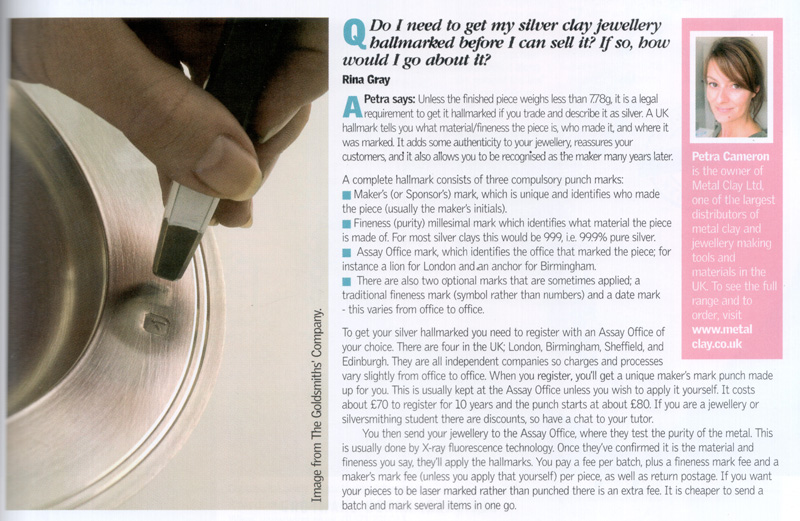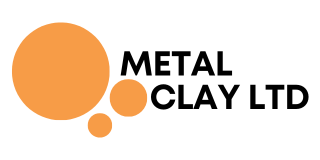In short (if you're in the UK): yes, unless the finished piece weighs less than 7.78g. If the finished silver piece weighs more than this it is a legal requirement to get it hallmarked if you trade and describe it as silver.
A UK hallmark tells you what material/fineness the piece is, who made it, and where it was marked. It adds some authenticity to your jewellery, reassures your customers, and it also allows you to be recognised as the maker many, many years later. Hallmarking in the UK goes back as far as to the early 1300s!
You can't hallmark your own pieces, it has to be done through an assay office. There are fourAssay Offices in the UK to choose from when you register; London, Birmingham, Sheffield, and Edinburgh. They are all independent companies so charges and processes vary slightly from office to office.
A complete hallmark consists of three compulsory punch marks:
1. Maker’s (or Sponsor’s) mark - a unique mark which identifies who made the piece, usually the maker’s initials.
2. Fineness (purity) millesimal mark - what material is it, for most silver clays this would be 999, i.e. 99.9% pure silver.
3. Assay Office mark - which office marked the piece; for instance a lion for London and an anchor for Birmingham.
There are also two optional marks that are sometimes applied; a traditional fineness mark (symbol rather than numbers) and a date mark - this varies from office to office. When you register you’ll get a unique Maker’s mark punch made up for you. This is usually kept at the Assay Office unless you wish to apply it yourself. It costs about £70 to register for ten years and the punch starts at about £80 (if you are a jewellery/silver smithing student there are discounts - have a chat to your tutor!).
You then send your jewellery to the Assay Office, where they test the purity of the metal. This is usually done by X-ray fluorescence technology. Once they’ve confirmed it is the material and fineness you say, they’ll apply the hallmarks. You pay a fee per batch you send in, and then a fineness mark fee and a Maker’s mark fee (unless you apply that yourself) per piece, as well as return postage. If you want your pieces to be laser marked rather than punched there is an extra fee. It is cheaper to send a batch and mark several items in one go.



